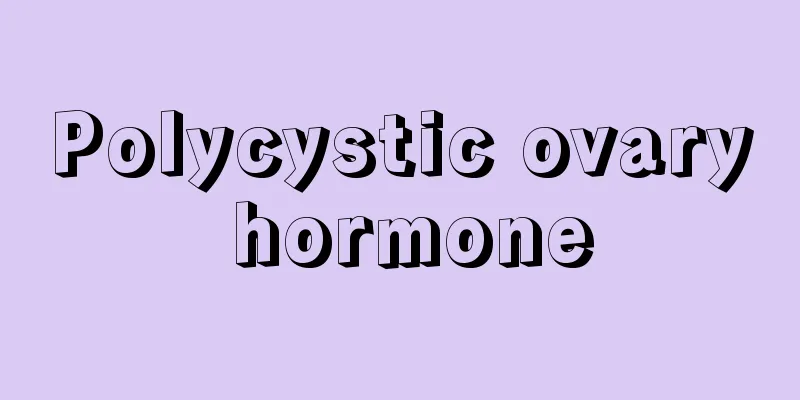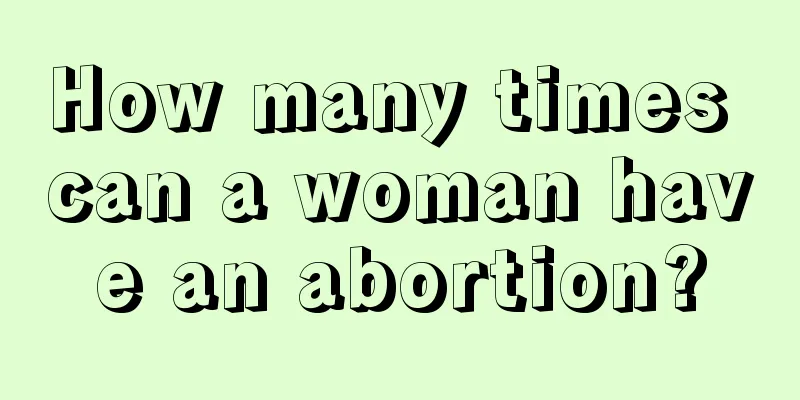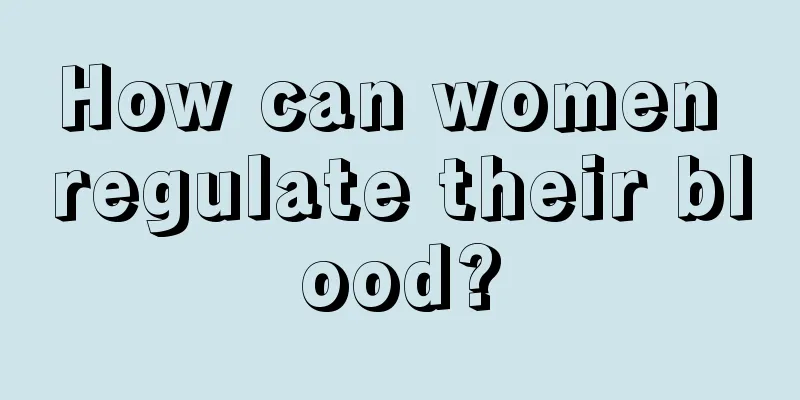Polycystic ovary hormone

|
Many young women are diagnosed with polycystic ovary syndrome when they are preparing to become mothers. Although polycystic ovary syndrome does not have any obvious symptoms, the serious problem it causes is infertility. Many people believe that polycystic ovary syndrome is mainly caused by obesity, eating too much, or not paying attention to diet. In fact, it is not, because polycystic ovary syndrome can lead to obesity, abnormal menstruation, and excessive body hair. What is Polycystic Ovarian Polycystic ovary is the abbreviation of polycystic ovary syndrome. Under normal circumstances, women will only produce a few follicles in a menstrual cycle, but in the ovaries of polycystic patients, there are many follicles of varying degrees of development at the same time, so this disease is vividly named polycystic ovary. Polycystic ovary is a type of endocrine infertility and is also related to abnormal glucose metabolism. It is a common disease in women of childbearing age and requires timely prevention. Causes of polycystic ovary There is no authoritative conclusion in the medical community about the cause of polycystic ovary, but there are still several theories that are highly recognized: 1. Genetic factors Some experts believe that some patients with polycystic ovary may inherit the disease in a sex-linked dominant manner. The 46th sex chromosome of women is XX. One of the X chromosomes of polycystic patients may be partially positive or have structural abnormalities. 2. Causes of hormone secretion Disturbance in endogenous hormone levels is one of the main causes of polycystic ovary. High insulin, high androgen, high prolactin, and high leptin may all cause metabolic abnormalities, leading to the symptoms of polycystic ovary, which are relatively complicated. 3. Organ dysfunction The internal environment is maintained by the cooperation of all organs in the endocrine working line. Any problem in any link will cause the hormone level of the whole body to be disordered. Therefore, organ dysfunction is worse than simple abnormal hormone secretion. For example, the hypothalamus, pituitary gland, adrenal cortex, etc., the lesions cannot be cured overnight. 4. Abnormal ovarian local secretion regulation mechanism Some scholars believe that there may be certain substances in the ovaries of polycystic patients that may reduce the absorption of follicle-stimulating hormone by ovarian cells, thereby inhibiting the development of follicles. The dominant follicles cannot be successfully screened out, and most of the ovaries are immature follicles that are in the development stage. 5. Obesity Body fat mainly affects the secretion of leptin. The higher the body fat ratio, the more leptin is secreted, which leads to endocrine disorders and a high probability of polycystic ovary syndrome. Symptoms of polycystic patients Like many reproductive system diseases, polycystic ovary disease does not have any very obvious signs and changes. It is not as violent as acute diseases, nor as slow as chronic diseases. Its symptoms are manifested in small details from the inside out. Patients often experience the following conditions: 1. Irregular menstruation Because the follicles cannot develop normally and make dominant selections, they may not be discharged normally every month, which means that the menstrual cycle will be disrupted, and female friends will have more obvious signs of endocrine disorders, such as yellow complexion, hair loss, rough skin, etc., and severe cases may cause secondary amenorrhea. 2. Obesity Obesity can be both a cause and a consequence of polycystic ovary disease. About 30% of patients will experience this symptom, while a small number of people will only see weight gain without any change in body shape. For obese people, in addition to these gynecological diseases, pregnancy is also a very painful thing. Excessive pressure on cardiopulmonary function may bring a lot of discomfort. In addition, complications during pregnancy are also likely to occur frequently. |
<<: Polycystic ovary Chinese medicine
>>: Burning sensation at the vaginal opening
Recommend
Breast nodules in unmarried women
Judging from the probability of occurrence of bre...
Hepatitis B mothers should not panic, this can keep your baby healthy!
Giving birth to a healthy and smart child is the ...
Bleeding after taking birth control pills
Some female friends may experience bleeding after...
How to treat right ovarian polycystic changes
Polycystic ovary syndrome is a disease that many ...
Why is there less milk after breastfeeding than before breastfeeding?
Fashionably, many women after childbirth have pro...
What breast shape is best for girls?
Women and men both discuss breasts in private. Wo...
Pregnant woman gets up too fast and the fetus fractures
There are many things that women need to pay atte...
What to eat after ovarian removal
Many women have problems with their ovaries, and ...
Causes of abdominal pain in pregnant women
When is a woman most beautiful? Of course, she is...
Women's sexual happiness cycle from 25 to 45 years old
It is well known that age changes can cause chang...
What is the white liquid in the lower body?
A woman's lower body will secrete white fluid...
What are the precautions for vaginal dilation?
What are the precautions for vaginal dilation? Va...
Menopausal hormone indicators
Menopause is a very important stage for women. At...
Is it normal to not see the embryo at 45 days of pregnancy?
Many pregnant mothers are worried about not seein...









